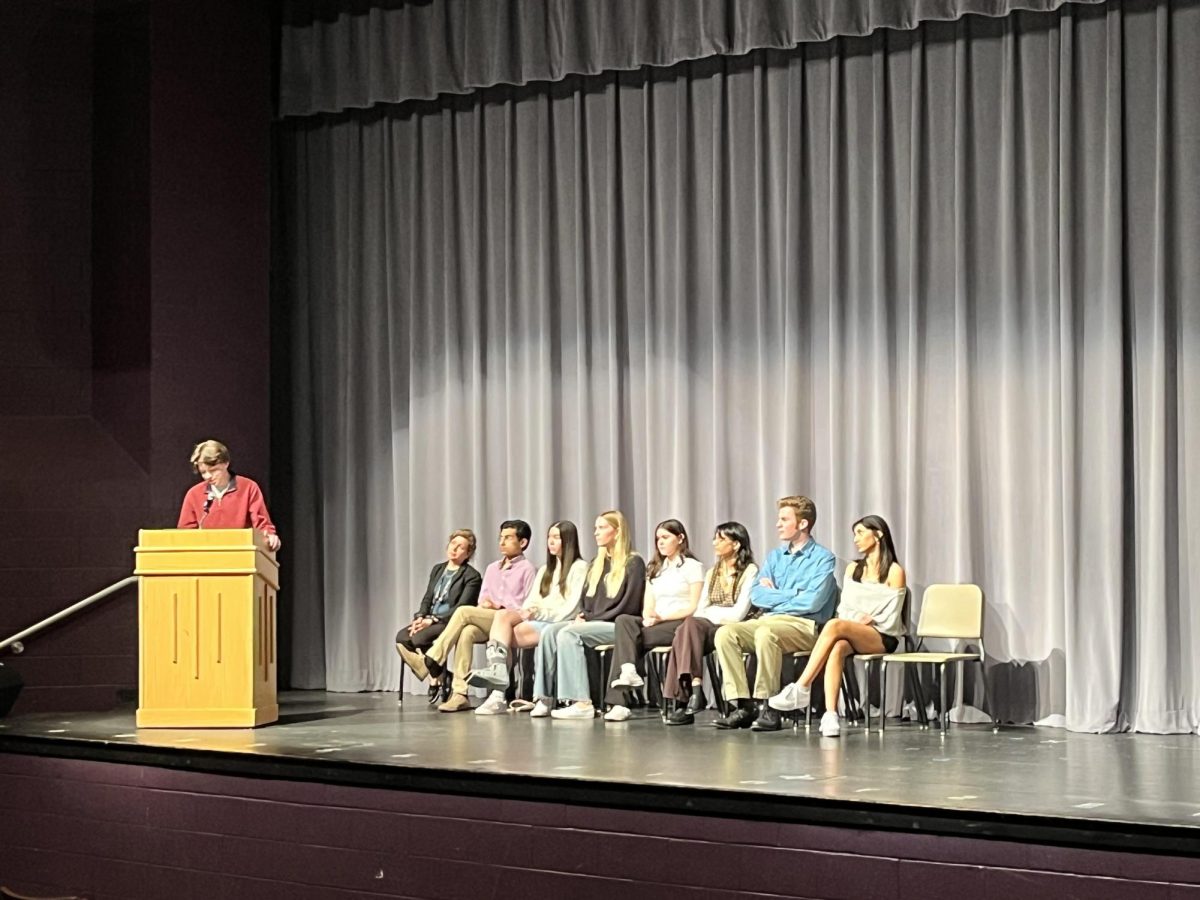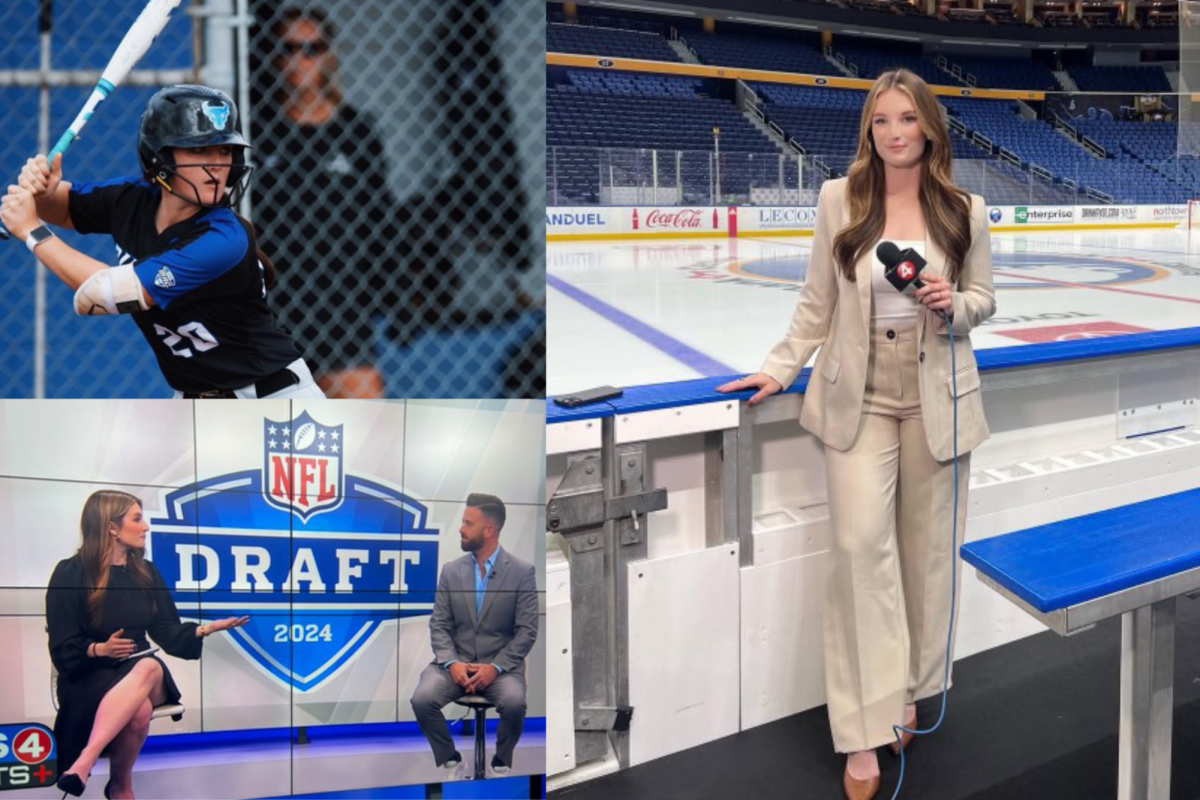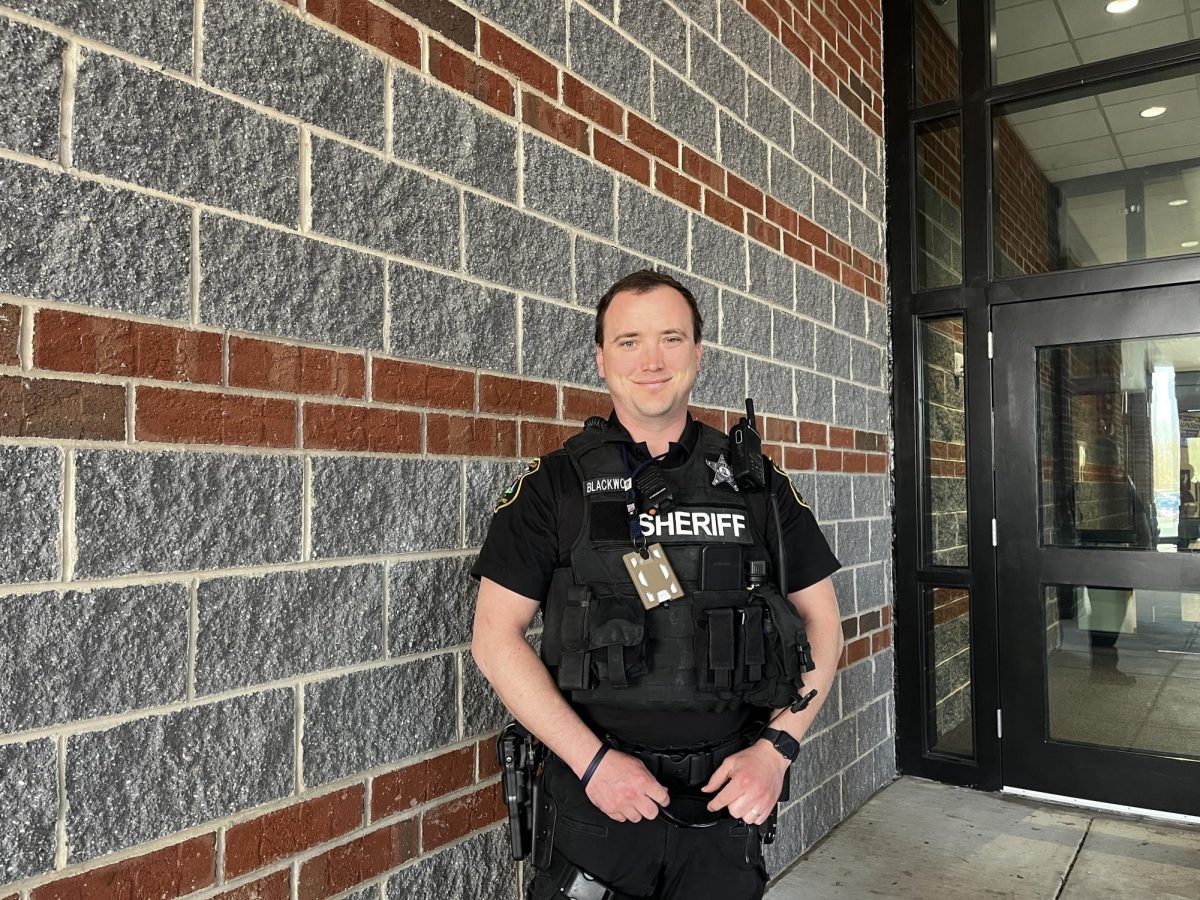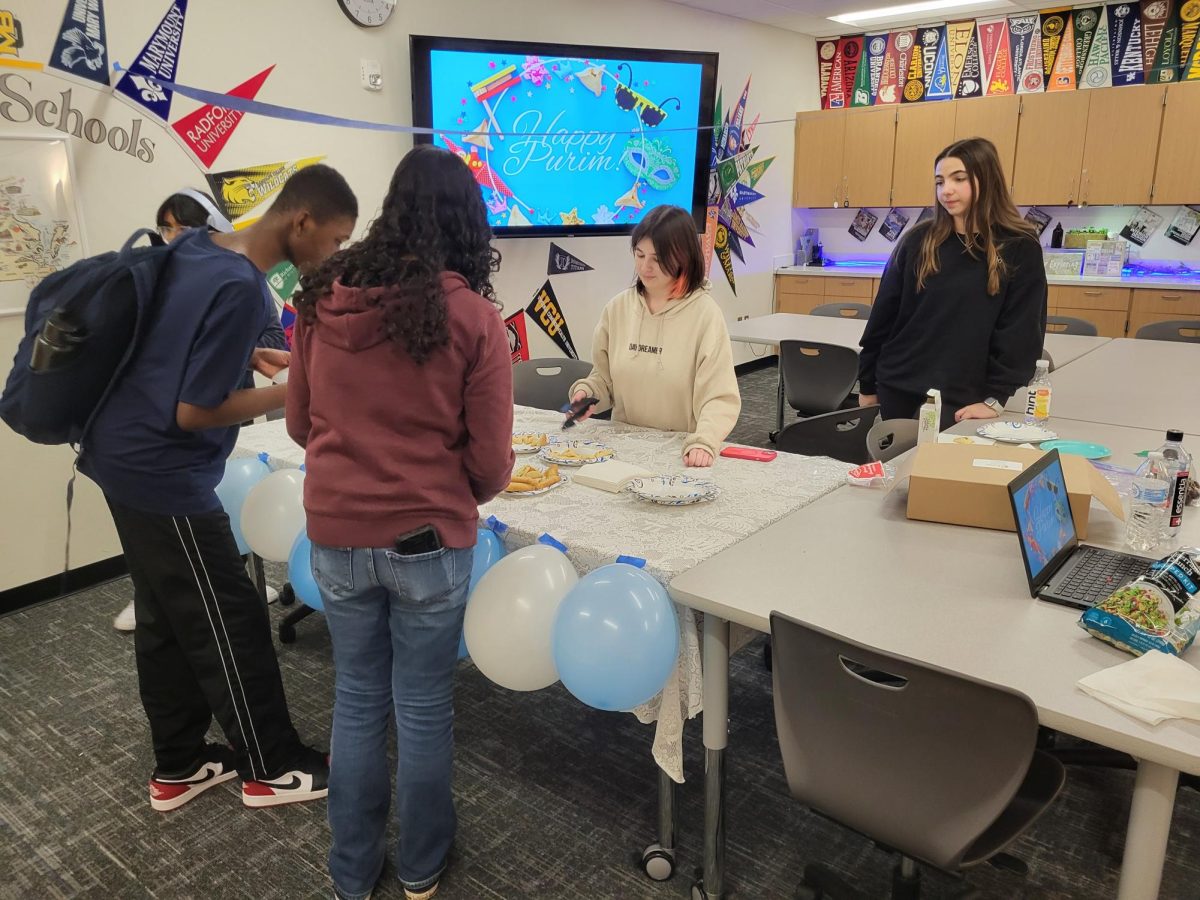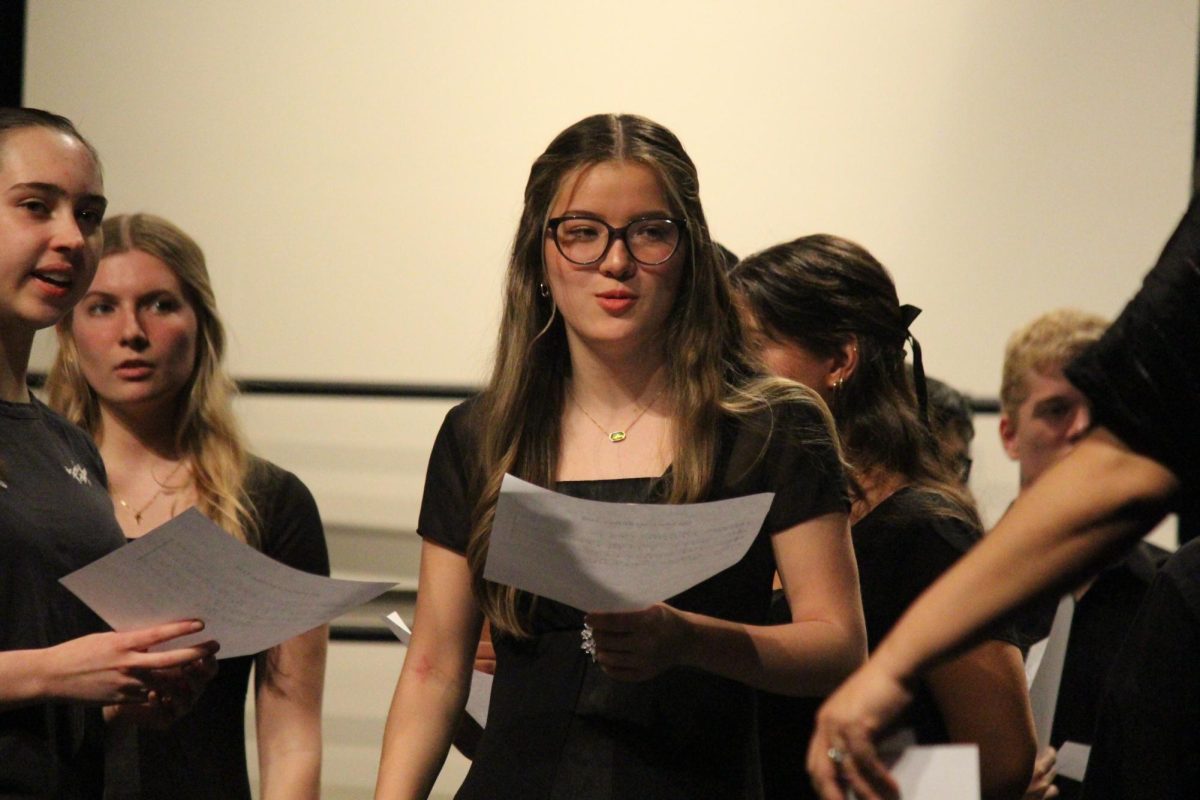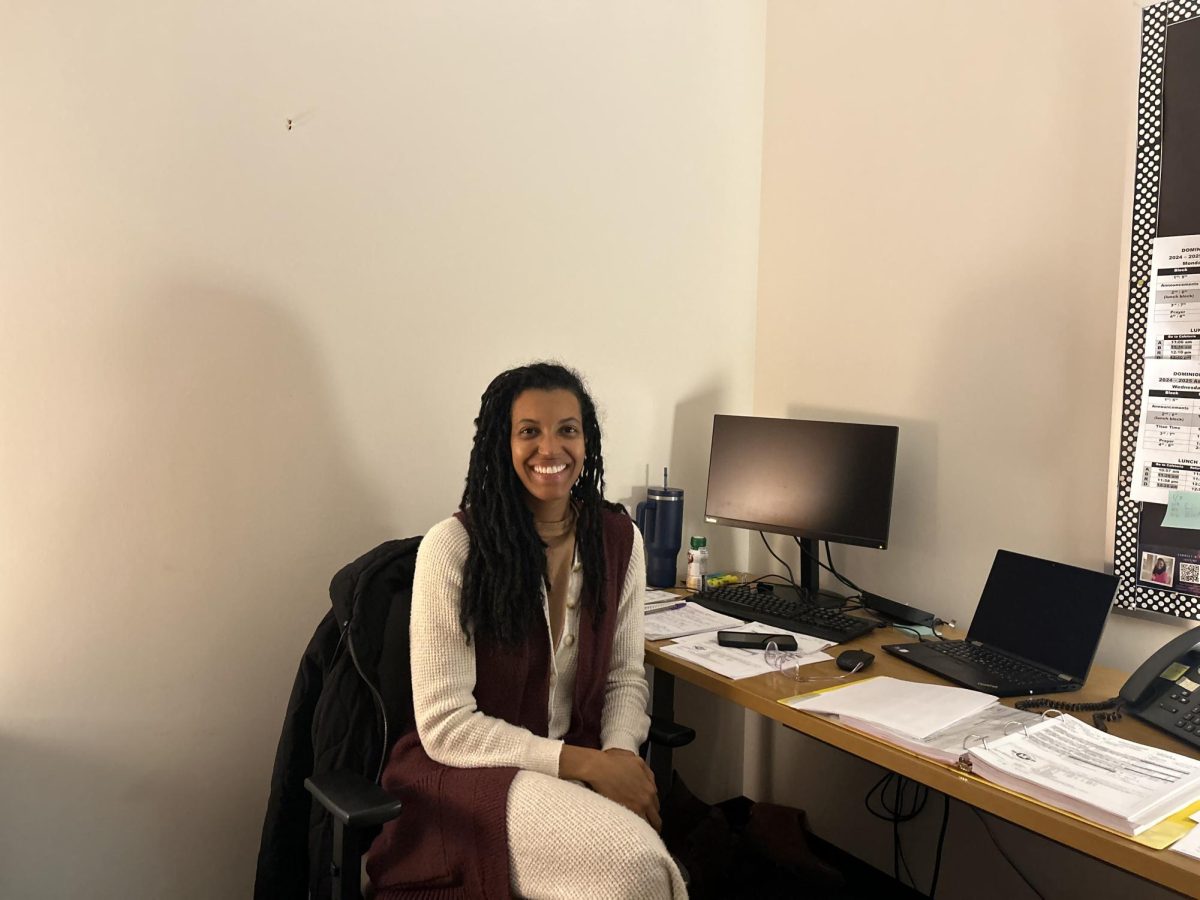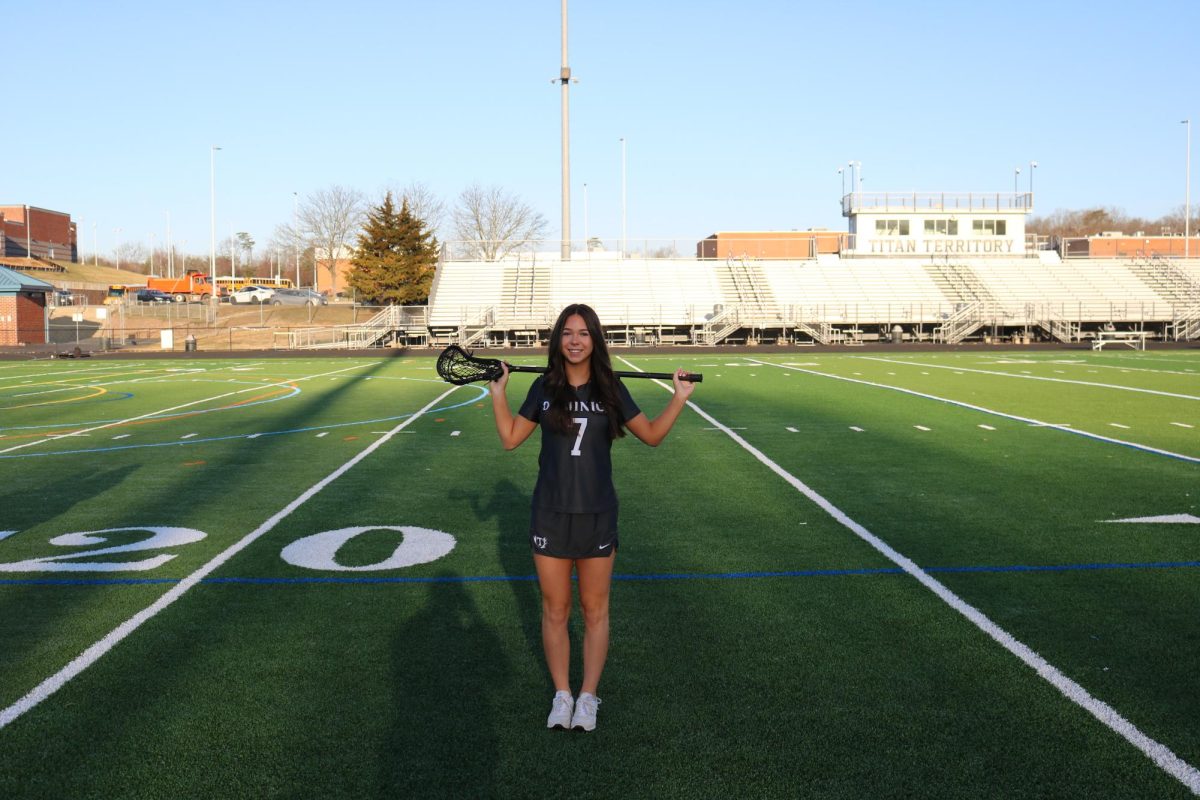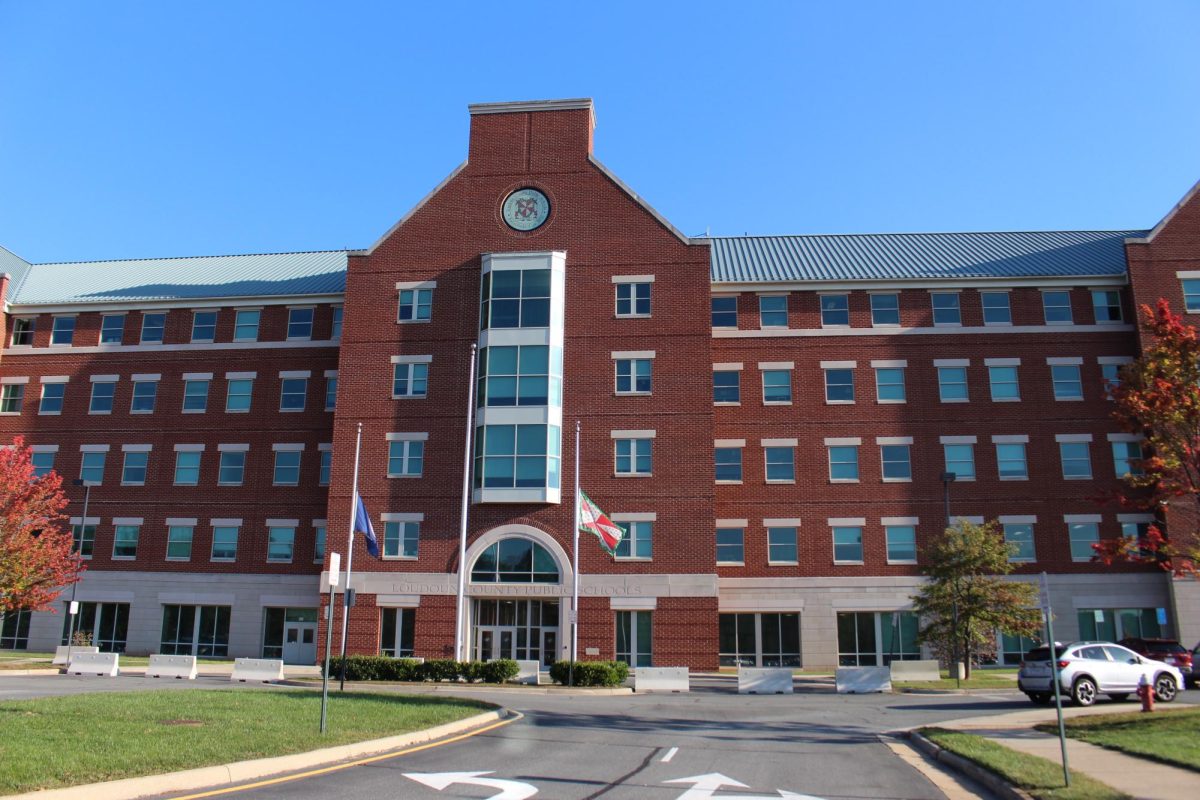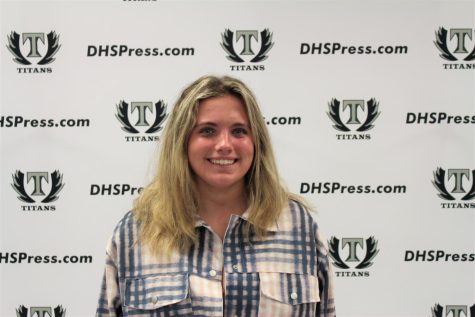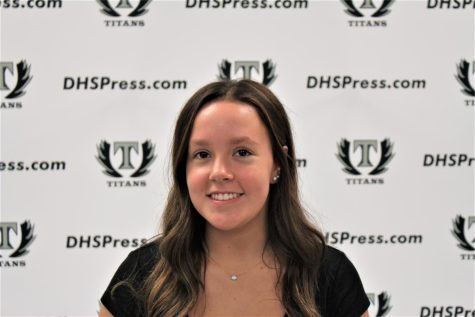Describe what led to your switch from Virginia Beach Public Schools to Loudoun County Public Schools.

It was the right time; I was interested in a professional challenge. I like to continue to learn and grow and don’t like being comfortable. [When] this opportunity came up, my two boys that still live with me, one was going into middle school [and] the other one was going into high school. It seemed like if we were going to do it, that it was going to be the right time to do it. Loudoun has a great reputation in the education community. We know it’s a wonderful school division. I thought, what a great opportunity for me to come lead a terrific school system, but also help kind of move us past some stuff that [LCPS] been dealing with.
What is the greatest challenge you will face as Superintendent of LCPS?
There’s two ways to look at that. What I heard a lot coming in, and certainly what I’ve heard as we’ve been doing community listening sessions, is that people really want to trust us again. I think the last few years between the issues with the pandemic, and then the other issues that have come out in the news, people are wondering if they can trust [the] school administration. We want to be transparent with our community, and we want to do a great job. I think one of my big challenges is working hard to rebuild that trust by building good relationships with our families and with our community.
Could you tell us about the Community Listening Sessions?
We’ve had three now, we [have had one] over at Parkview, and we’ve been at Independence and Broad Run. We’ll be out at all of our high schools, actually. We’ll be doing that all the way through April. The whole purpose of that is to begin doing what I just talked about [with] rebuilding trust. People trust organizations that listen to them, and take that feedback and do something about it. We actually put an entry plan online. It’s broad, there’s a lot of different things that we’re doing, but at the core of it is building relationships, community and getting to know this community. At the end of that process, and at the end of all these listening sessions, we actually have a team that’s doing ongoing data analysis with that. They’re doing a qualitative analysis, and they’ll come out and say, these are the major themes that have emerged. Then we’ll go back out, and we’ll talk with our groups again, and we’ll say, ‘alright, so if this is what we’re saying, how are we going to work together to solve this or to move forward with this,’ right? We’ll actually do a post entry plan and talk about that.
What are the major issues you want to address with high schools specifically?
Everywhere I’ve been in our community, we’ve had the folks [who] have wanted to have a conversation with me about workforce development. What I’m hearing and what I know is, we have some pathways for students to see their way into the workforce, but they’re not clearly defined. My sense of how this should work is by fifth grade, you should start thinking about where are your passions. Then in middle school, when [students are] taking classes, [they] begin to think about, “okay, how are the classes that I’m taking connected to what I love,” so when [they] get to high school, we should have clearly articulated pathways. We actually have them, we don’t just say, “Okay, I love journalism.” All right, here are the job opportunities at the end of high school. Here’s the pathways that you need to pursue to do that, if you want to be a journalist, [and] here are the courses you should be taking. If you love working with your hands, how do we give you opportunities to earn credentials like workforce certifications so that an employer on the other side of that says, “You know what? I can take that kid on as an electrician’s apprentice because he’s had those experiences or she’s had those experiences already in their school and has an electrician certification.” That’s our biggest challenge, we have work to do there.



